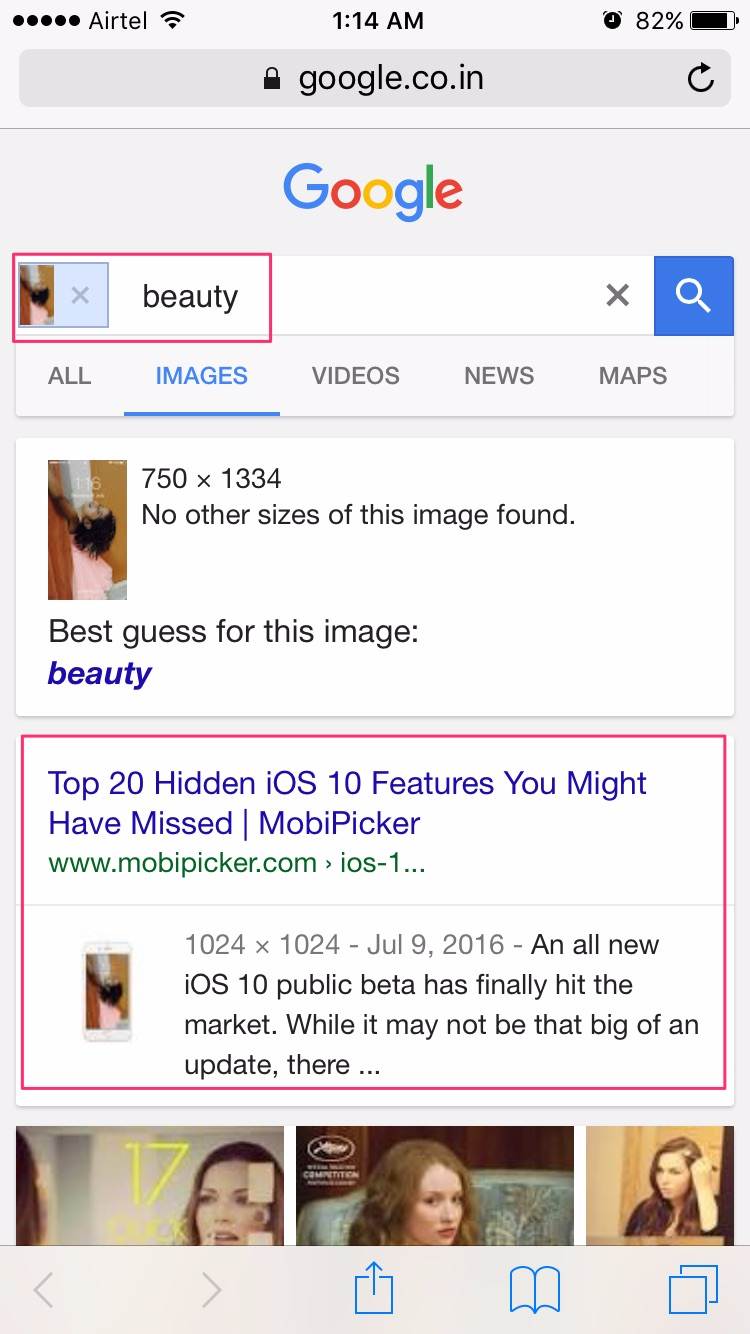

Reverse image searching isn’t only available in search engines. Because they use different algorithms, the search engines can sometimes produce different results resulting in a broader set of answers.
Google Images and TinEye are among the best reverse image search engines out there, and, for the most comprehensive results, it is recommended you use both. This feature makes TinEye a valuable tool for copyright holders of visual works to find infringements on their work. TinEye has the distinct ability to locate different versions of the submitted image and similar images. There are multiple reverse image search engines outside of Google, with the best one being TinEye. If they suspect if other people are using their work without explicit permission, a creator can reverse image search their work to find copyright violations and contact the people in violation of copyright laws.

They can use the tool to gauge the popularity of their created work and see the reach of their intellectual property. Searching for Copyright ViolationsĬompanies and creators can benefit significantly from reverse image searches.

The picture can be an existing image in a personal library or a recently taken photo. Google Photos even has a Lens feature that can scan a photo and run a search for it. The company created a unique algorithm that analyzes a submitted picture and compares it to the billions of other pictures on the site’s databases before returning with matching or similar results. Search by Image feature allows users to comb the internet for related images simply by uploading a photo or URL. Just click the little camera icon in the search bar, and it lets you, optionally, upload an image to use as the search reference. The most well-known reverse image search functionality is Google’s Search by Image. For example, if you put a picture of “Abbey Road” by The Beatles in a search engine, the results will show the cover and similar-looking images by other artists. Users can also use reverse image search to discover new works of art as the tool brings up anything related or adjacent to the image. It can even allow users to locate a higher resolution version of the searched-for image. For example, you can use the tool to find the source and maybe the creator of an image. You can utilize reverse image search in various ways beyond just looking up other images. No search terms are necessary with this tool, and it removes the need for people to guess at search terms that may or may not work. A reverse image search is a tool on many different search engines which allows people to use images as the search topic rather than words or phrases (or even whole sentences).


 0 kommentar(er)
0 kommentar(er)
